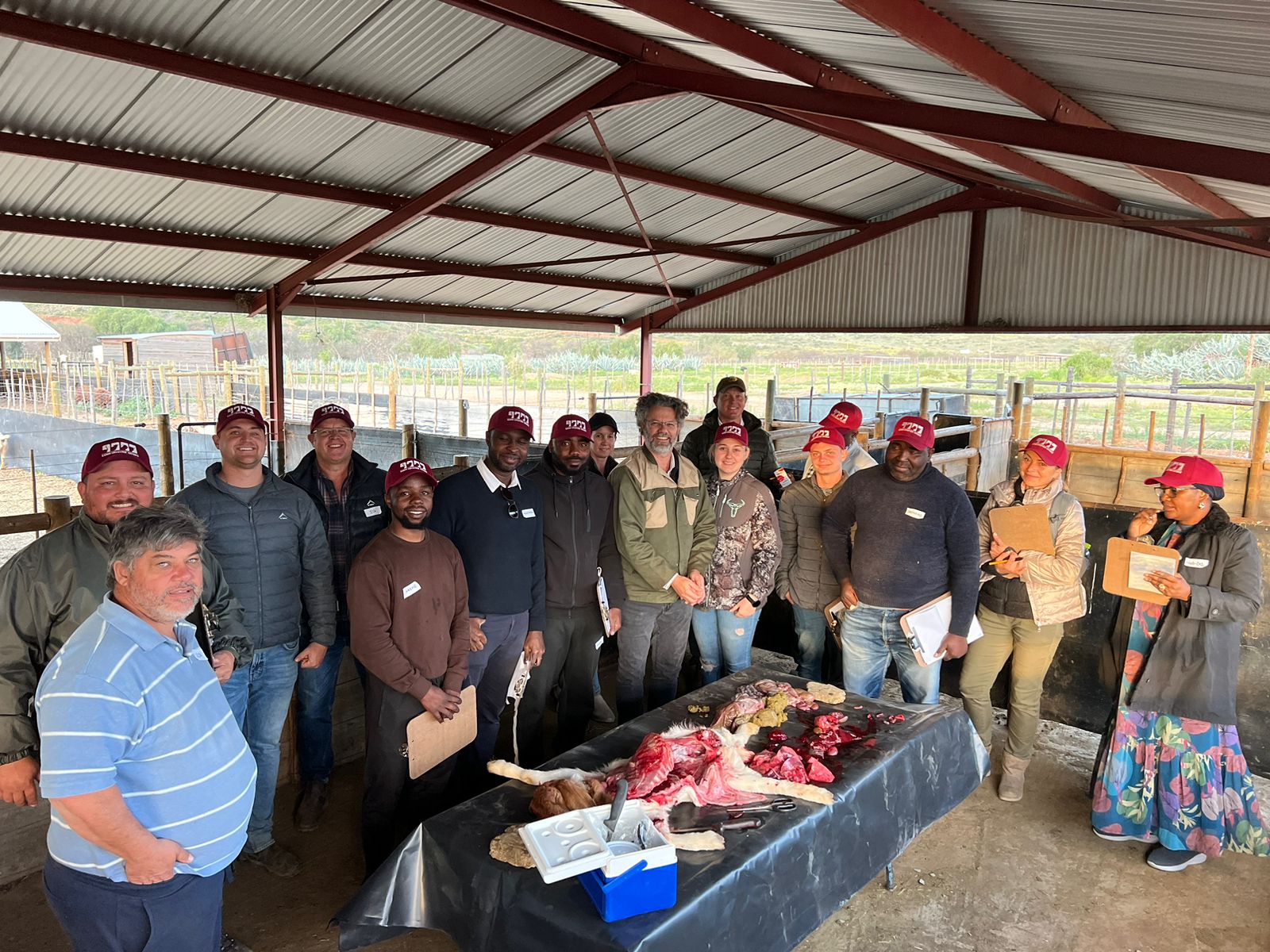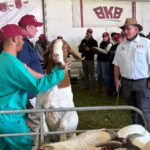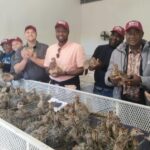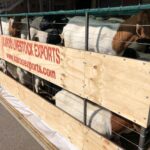Gerrie Ferreira, founder and co-owner of Karoo Livestock Exports based on the farm Chandelier near Oudtshoorn in the Klein-Karoo, has been exporting ostriches, livestock, and game for the past 27 years.
Since the first export of ostriches in 1996, the family business has expanded its market to more than fifty countries worldwide. Nearly half of these countries are in Africa. During August 2023, Gerrie and co-owner and son-in-law Ockie Nel, presented the first combined practical and formal courses on Chandelier for farmers from some of the African countries they do business with.
Farmers from Tanzania, Zimbabwe, Nigeria, and Malawi attended the two courses over four days. They included Panashe Shava (Zimbabwe), Habiba Tumsah (Nigeria), Nasiru Samaila (Nigeria), Anette Schneider (Tanzania), Shepherd Ngwenya (Zimbabwe), Daniël Olagboye (Nigeria), Mustapha Ramalan (Nigeria) Leonard Mbanda (Malawi), and Alina Volschenk (Romania).
Farmers from Ghana and Uganda could not attend because the South African Department of Home Affairs failed to provide visas in time. These farmers will attend similar courses on Chandelier from 11 to 14 October.
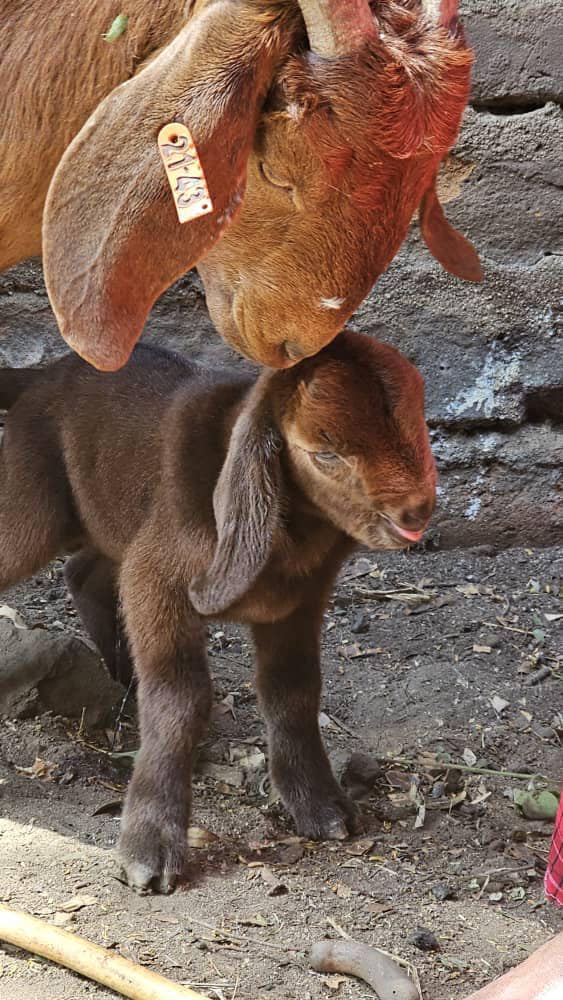
Karoo Livestock Exports provide a 24-hour support line to all their clients. Recently Gerrie assisted a new owner by cell phone to help his new goat ewe to give birth. (Source: Karoo Livestock Exports).
A number of South Africans, including Karoo Livestock Exports staff, also attended this unique opportunity to learn more about goat farming.
Ockie and Tanya van Ravensteyn presented the practical course for fifteen participants. Oudtshoorn veterinarian Dr Adriaan Olivier demonstrated a postmortem on a goat, and Dr Fanus Cilliers of Camelus Feeds presented a lecture on suitable feed for goats.
The formal Junior course for new goat farmers was attended by 35 people. This is the official, accredited course of the SA Boer Goat Breeders’ Society and was presented by Gerrie, Nicky Nell and Jan-Chris Marais, who are all instructors and judges of SA Boer Goats for SA Kalahari Reds and SA Savannas.
Although Gerrie presented courses for South African farmers in the past, this was the first time these two courses were presented to foreigners on the farm.
“There is a huge need for practical training among new goat farmers,” said Gerrie.
“This is the first time we combine the hands-on course with formal training. Both the basic training and the official training provide the basis for these farmers’ present and future goat farming.”
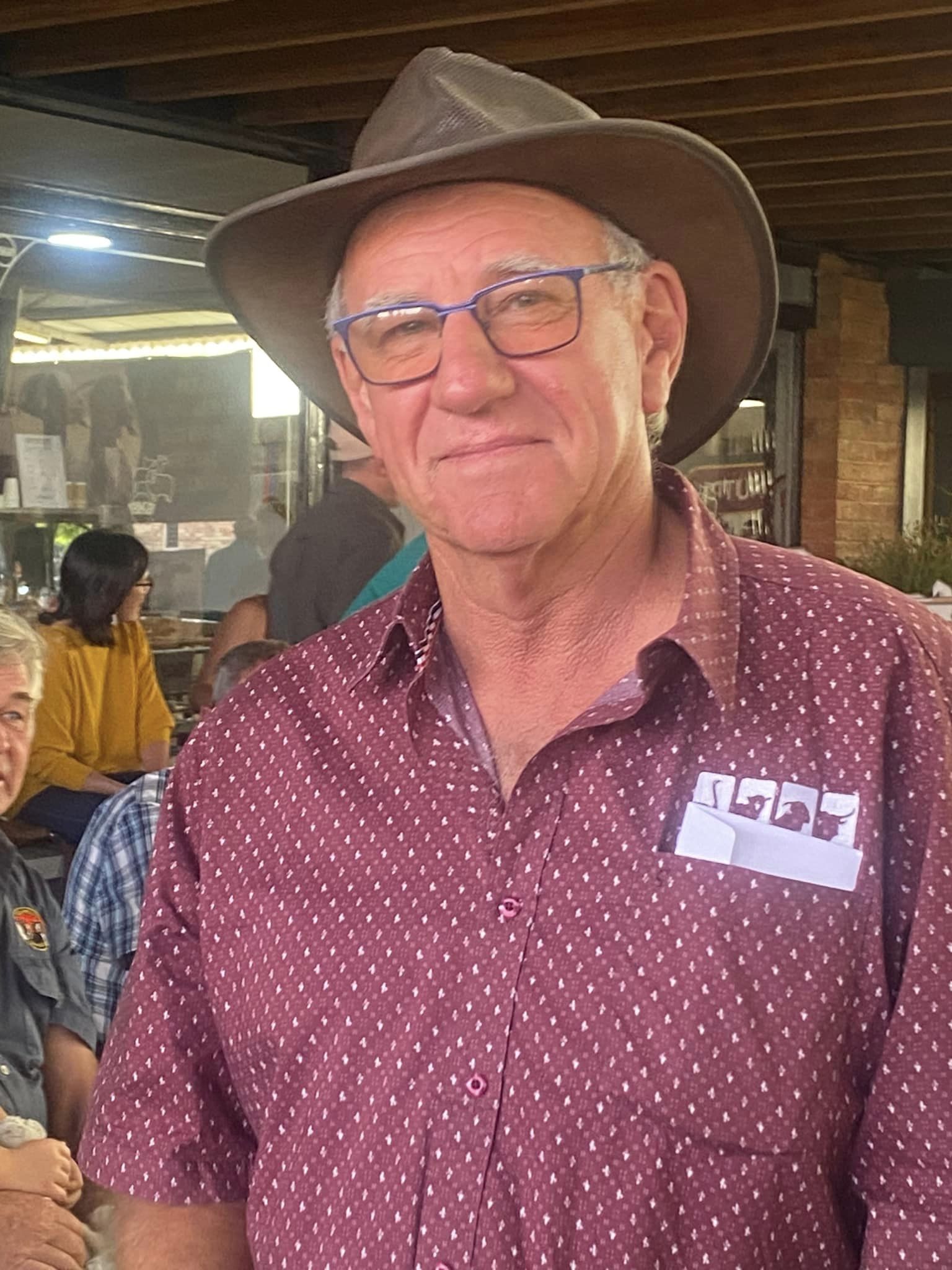
Gerrie Ferreira, founder and co-owner of Karoo Livestock Exports, has exported livestock, ostriches, and game to more than fifty countries worldwide. (Source: Karoo Livestock Exports).
Practical course
According to Gerrie, the farmers were shown how to handle and take care of the goats. “One might think that these farmers should at least know the basics, but one must keep in mind that they are new farmers with no background on raising goats at all.”
The farmers were shown and had an opportunity to catch a goat by its hind leg for dosing and immunisation. They were also shown how to look for external and tell-tale signs of internal parasites. During the postmortem, the vet showed them how to identify the internal organs and explained their functions. “In Africa most farmers do not have easy access to vets, and their ability to identify the symptoms of a disease may save their herds.”
The production cycle was explained, including the procedure during mating to preparing ewes for lambing and the handling of newborn lambs. “It is important that the farmer must be present during lambing to make sure the lamb starts drinking immediately and does not get separated from the ewe. It is crucial for the lamb’s survival to ingest the colostrum, which provides natural immunity against disease.”
The group was also shown how to take care of young goats up until weaning, after which the animals must be selected for either breeding or the abattoir. General handling and care of adult goats were also explained.
Dr Cilliers explained the value of the correct feed and nutrition during the different stages of the goat’s life. “It is important for the African farmers to learn how to profitably farm goats they have bought from us,” said Gerrie. “We provide complete information, also about feed and how to mix it using the ingredients available to them. In Africa, it is seldom possible to buy ready-mixed feed. It is important that they get the mix right to provide balanced feed.”
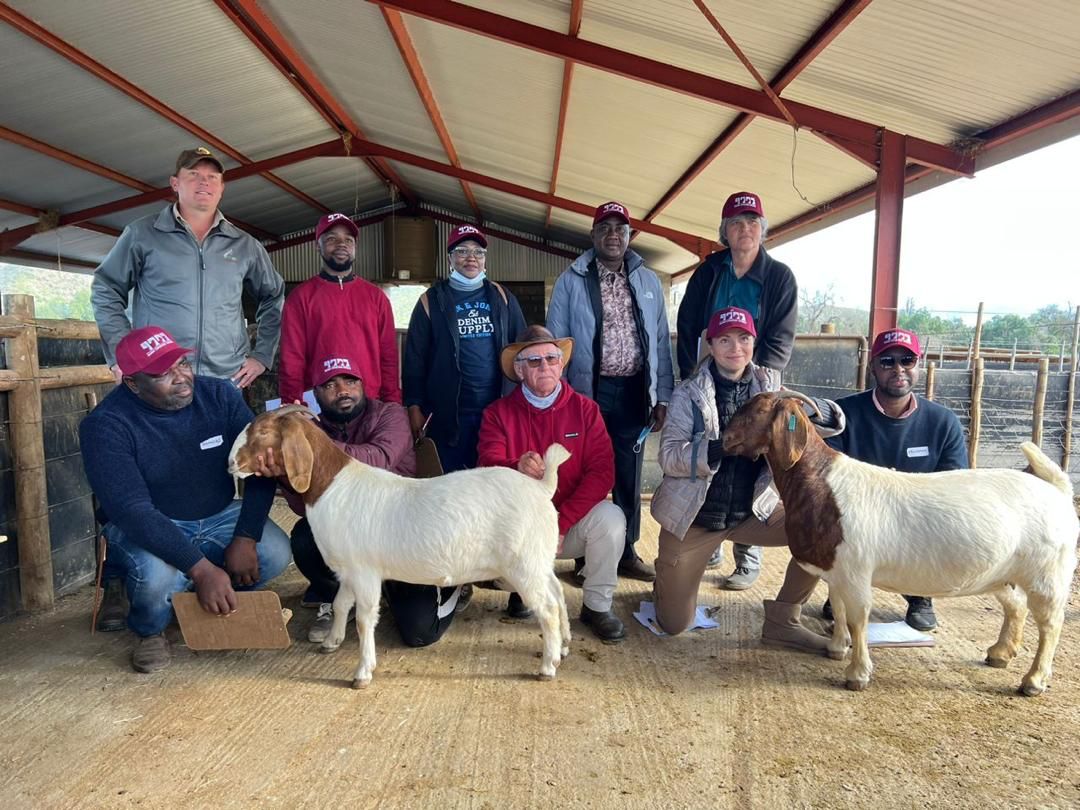
African farmers attending the practical course. Back: Ockie Nel of Karoo Livestock Exports, Panashe Shava (Zimbabwe), Habiba Tumsah (Nigeria), Nasiru Samaila (Nigeria), Anette Schneider (Tanzania); front: Shepherd Ngwenya (Zimbabwe), Daniël Olagboye (Nigeria), Gerrie Ferreira, Alina Volschenk (Romania), Mustapha Ramalan (Nigeria). Leonard Mbanda from Malawi arrived late and is not on the photo. (Source: Karoo Livestock Exports).
Formal course
The formal Junior course is designed to teach newcomers the breed standards of the SA Boer Goat Breeders Association. The practical part of the course was done at the George Agricultural Show, which also provided African farmers an opportunity to see what top genetics in other breeds on show look like.
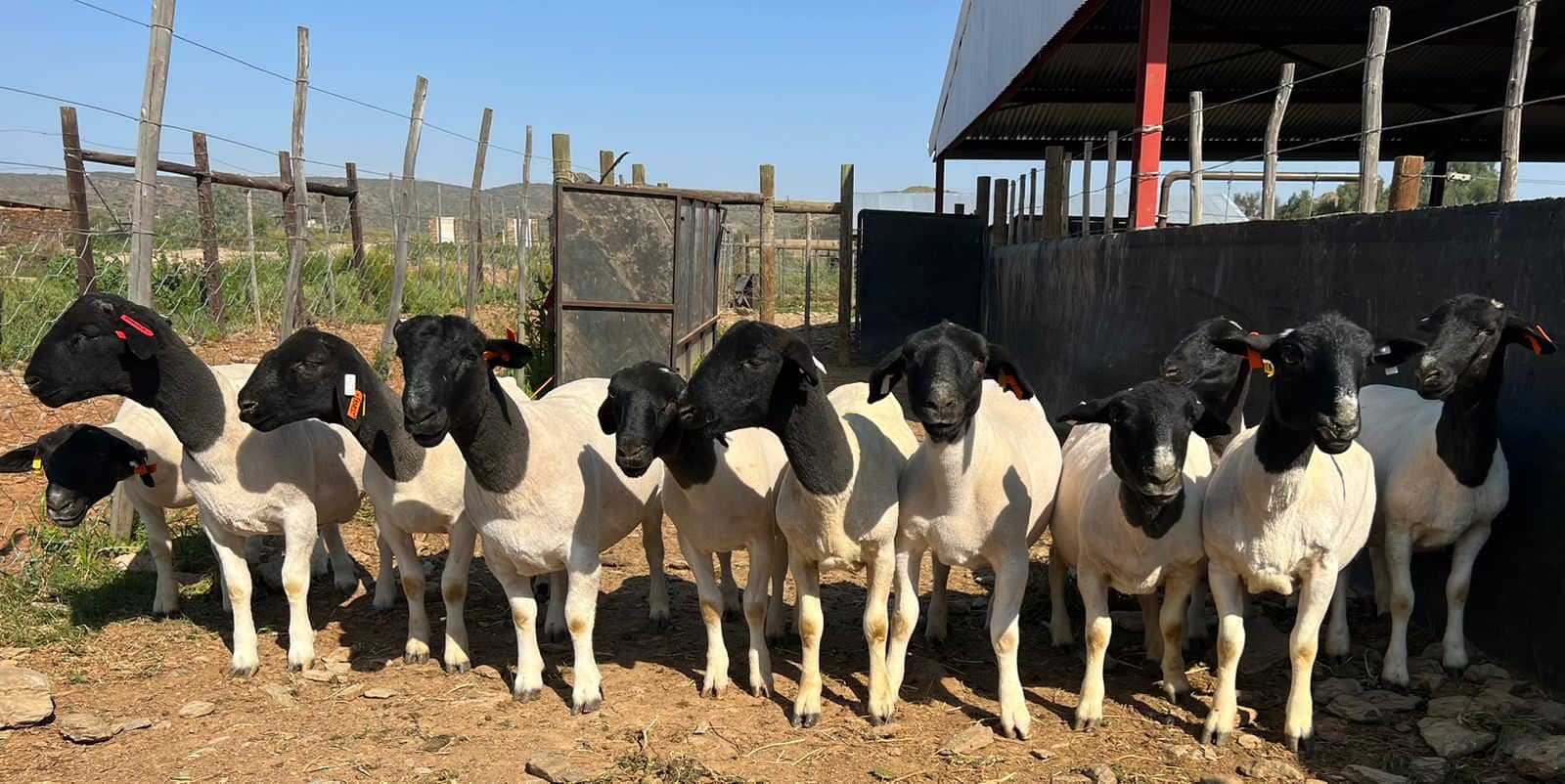
Besides goats, Karoo Livestock Exports also exports different breeds of sheep. (Source: Karoo Livestock Exports).
Exports
Gerrie Ferreira from Karoo Livestock Exports has exported thousands of animals since the first export of ostriches in 1996.
Besides ostriches, which are still in high demand in many countries, he also exports indigenous goat species, including the SA Boerbok (Boer goat), the SA Kalahari Red and white SA Savannah. More recently, Blackberry goats that have been bred from dark-red Kalahari Reds, have also become extremely popular. He also exports milch goats and angoras.
“Because the costs are prohibitive, only valuable breeding stock is exported. We make sure all the animals we export adhere to breed standards.”
Gerrie exports animals from his own herds, but also from carefully selected other breeders in the area.
Sheep that are exported include Dorpers, Persians, Damaras and Meatmasters. Cattle breeds include the indigenous Bonsmara and Nguni, as well as Boran and Brahman, and popular dairy cattle like Jerseys, Friesians, and Holsteins.
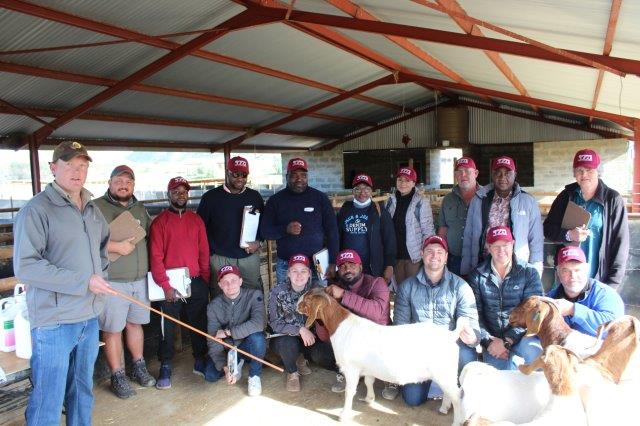
Ockie Nel shows farmers how to handle goats during the practical course. (Source: Karoo Livestock Exports).
24-hour support line
According to Gerrie, their clients worldwide appreciate the care taken by Karoo Livestock Exports to provide not only excellent genetics, but also complete information on how to take care of the animals. “That is the reason they keep buying from us. We have a 24-hour support line – we don’t just abandon them!”
The courses are a direct result of the exports. “Our clients approach us and rely on us for suitable training. One cannot just export the animals and forget about them and their new owners. It is our responsibility to do everything in our power to ensure that the new farmers know how to handle the animals, which include feeding and general health.”
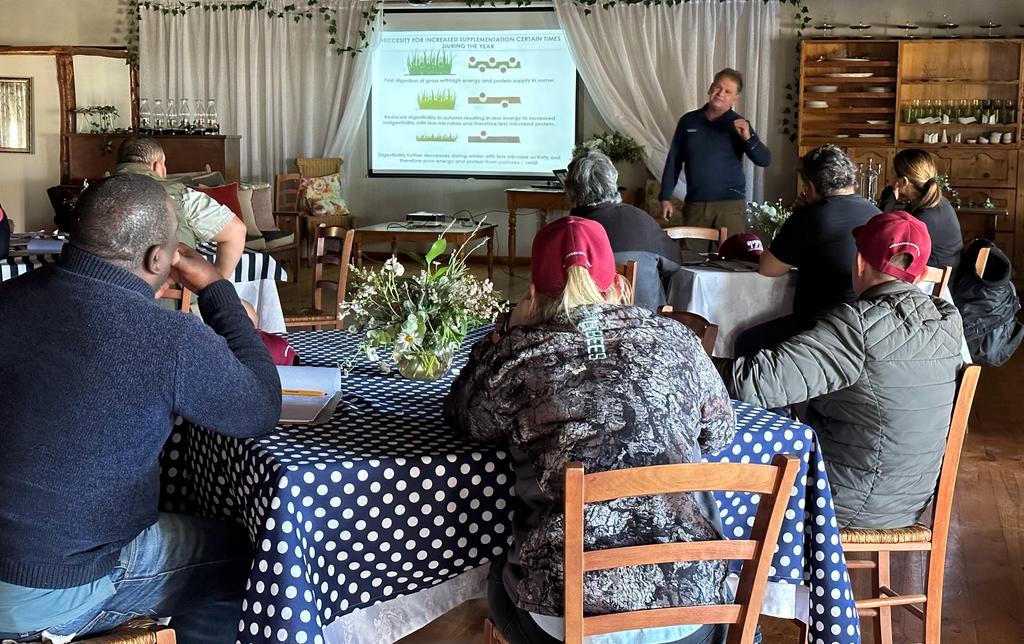
Dr Fanus Cilliers of Camelus Feeds presented a lecture on the mixing of feed with ingredients farmers have available to them in Africa. (Source: Karoo Livestock Exports).
Fifty countries, and still counting …
At present, he is exporting to more than 50 countries worldwide, including about 25 countries in Africa. These countries include Angola, Benin, Cameroon, the Democratic Republic of Congo (DRC), Egypt, Ghana, Ivory Coast, Kenya, Malawi, Mali, Mozambique, Namibia, Niger, Nigeria, Republic of Congo, Republic of Guinea, Senegal, Sierre Leone, Sudan, Tanzania, Uganda, and Zimbabwe.
“When we reached thirty countries in 2015, I realised that it was possible to export to fifty countries, and that became my goal. That major goal was reached in January this year. The next goal? Who knows?”
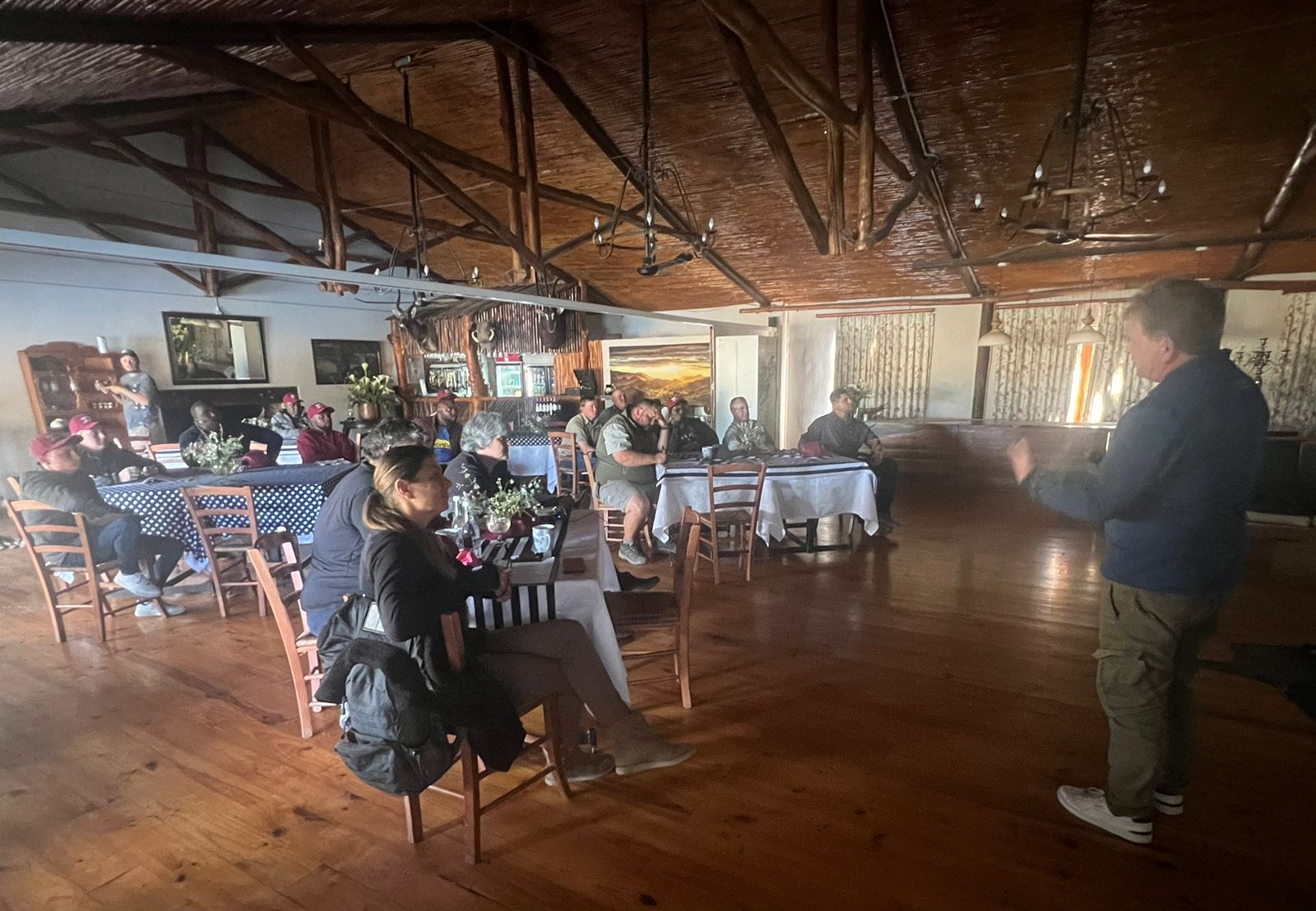
Gerrie Ferreira intends to present more courses on Chandelier in future, as the farm is equipped with suitable facilities and ample accommodation. (Source: Karoo Livestock Exports).
Stock suitable for Africa
“There is a growing interest in good quality livestock as people turn to farming, not only for profit, but also for food security in uncertain times where poverty, hunger and climate change are serious threats to humankind, especially in Africa and other cash-strapped developing countries. People are starting to take care of themselves after realising governments most often have other priorities. South Africa is well-placed with indigenous animals born and bred for African conditions that easily adapt to these conditions.
“Many of the African clients are people who work elsewhere, earning US dollars, English pounds, or European euros. “They use this foreign currency to buy stock so they will have established herds when they eventually retire in their home countries.”
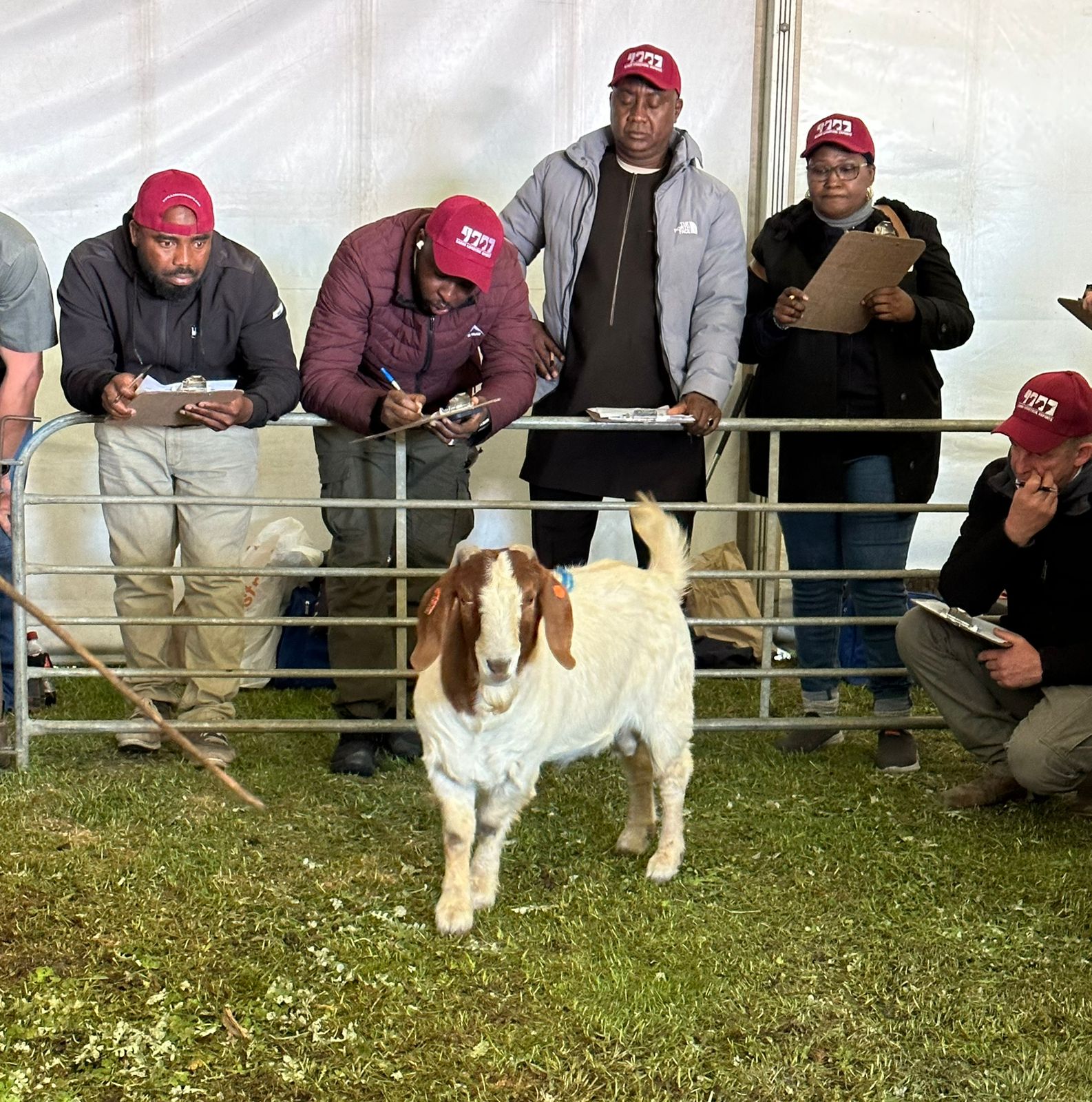
African farmers Daniël Olagboye, Mustapha Ramalan, Nasiru Samaila, and Habiba Tumsah judging animals according to their good and bad qualities at the George Agricultural Show, where they did the practical part of their official Junior Course. (Source: Karoo Livestock Exports).
More courses on Chandelier
Gerrie plans to offer more courses on a regular basis on Chandelier in future. “As our number of clients and their need for training increase, we decided to offer more courses at home where we have suitable facilities, including accommodation for large groups. The animals are here, so the farmers from Africa can experience first-hand what a working farm in South Africa looks like and how it operates.
“The nearby George airport is a plus. Although we provide the courses at a very affordable price, the town and community of Oudtshoorn also gain economically.”
Contact details
For more information, contact Gerrie Ferreira at (+27)82-450-2110, send an e-mail to info@karooexports.com or visit Karoo Livestock Export’s – www.karooexports.com, karoolivestockexports

